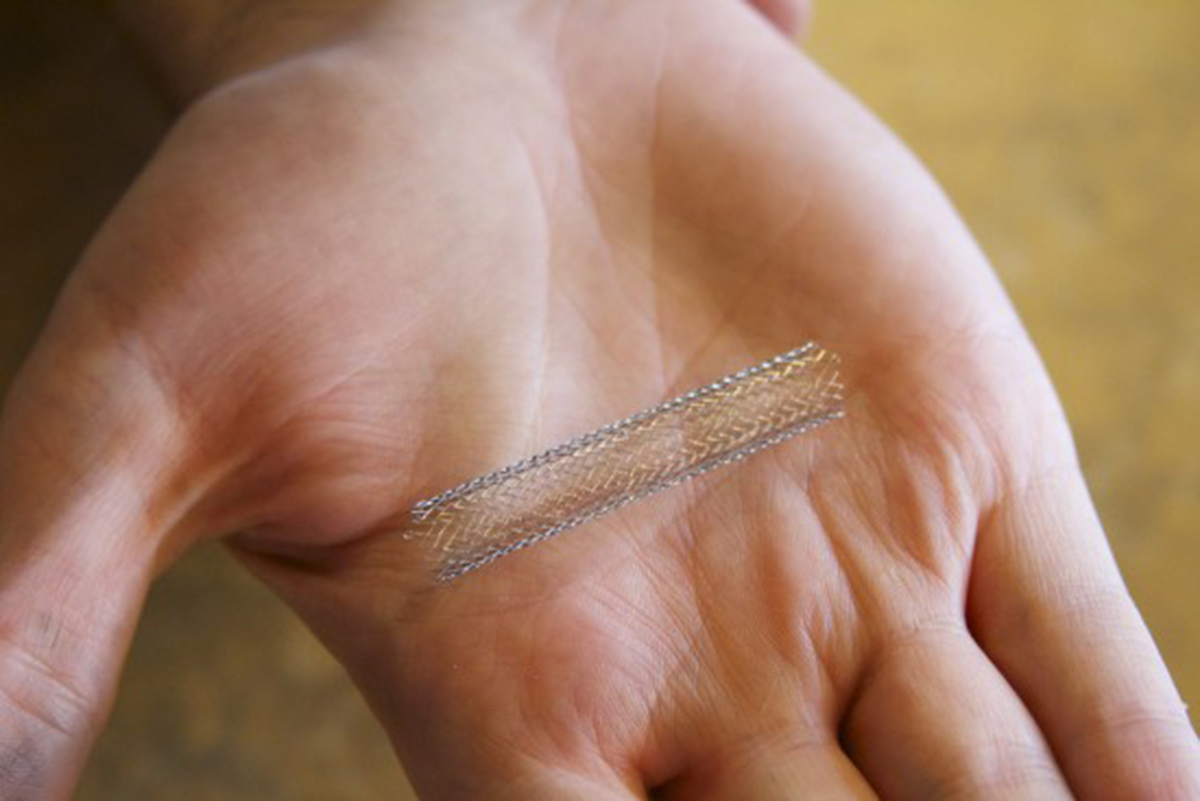Table of Contents
If you are having a heart attack, your doctor may not have a chance to tell you everything about your procedure before you have it, because they are too busy saving your life. And if you don't have good enough insurance to pay for an expensive procedure you really need, the doctor may simply "forget" to mention the possibility to you. But here are some basic facts every diabetic needs to know before you have surgery.

- Stents are permanent. They can't be removed. When you get a stent, usually the artery can't be repaired by bypass later.
- Stents can fail. Usually the problem is scar tissue growing through the stent and blocking the artery all over again. It's extremely important to take your statins (not for lowering cholesterol, but for lowering inflammation), your anticoagulants, and your blood pressure medications for 6 months to a year exactly as prescribed. The artery can also "blow out" around a stent, a dramatic event that can cause sudden death. This isn't likely unless you undergo a series of stent operations (say, 3 in 3 days) in a short time period.
- Diabetics typically need drug-eluting stents. These stents are coated with a medication to prevent the formation of scar tissue. They cost more than bare-metal stents. If the hospital is giving you the operation at a discount, they may give you the bare metal stents that are more likely to fail later. If you are in any position to, advocate for the drug-eluting stent.
- It's a lot harder to recover from bypass than from stent placement. And you will almost certainly be discharged from the hospital before you can take care of yourself. Have someone in place to look after you while you recover from your surgery.
- Bypass is also enormously more expensive, about $250,000 versus $25,000 for an uncomplicated procedure.
Read More: Diabetes Is a World-Wide Problem and Out of Control
A landmark study published in the Journal of the American Medical Association found that people with diabetes do better after bypass than stents. And to its credit, the JAMA Journal is being honest about the details.
Stents and Bypass Result in Approximately Equal Quality of Life
The Journal of the American Medical Association reported the results of an ongoing clinical study called the FREEDOM trial, in which 1,880 diabetes sufferers in 18 countries who had multiple blocked vessels underwent either coronary bypass graft surgery (947 diabetics) or multiple stent placement (933 diabetics). Doctors then followed the results of the surgery, and the patients' progress, for 2 years. Here is what they found.
- Diabetes patients who have bypass surgery are less likely to have a heart attack and less likely to die after the procedure than diabetics who get stents, but they are more likely to have strokes. Overall, the risk of further serious vascular disease and death is lower when diabetics get the bypass.
- Diabetics who have bypass surgery have less angina (chest pain) than diabetics who get stents, at least during the first two years after their surgery.
- Diabetics who have bypass surgery report better quality of life, less angina, and greater physical mobility than diabetics who get stents, although not by much. The FREEDOM researchers asked diabetics to use a 0 to 100 rating scale, and the differences between bypass patients and stent patients was just 1 to 4 pounds out of 100 in each group of questions.
If you have great insurance, if you have help at home, and if you don't have to work for a year or more, then there may be advantages to bypass surgery for you. Let your doctor explain them. But if you have to have treatment right away, and you are going to have to back to work right away, or you don't have help at home, ask about stents. Their long-term benefits seem to be slight. Ten years ago about 8 percent of bypass patients and about 13 percent of stent patients died within 5 years, but the latest data show that after two years, either treatment is likely to result in about the same chance of survival, and the stent procedure is far less traumatic.
If you keep up with the medical news, you would have seen headlines saying exactly the opposite to this as well, but the difference is that this particular study looked at results in the use of techniques available in the last few years. The other study looked at results of treating diabetics 10 years ago. Anticoagulant therapy has advanced a great deal over the past 10 to 15 years. Ask you doctor about your particular circumstances, making sure that you are informed about the risks and benefits of every option. And follow every recommendation for your recovery to the letter.
- Abdallah MS, Wang K, Magnuson EA, Spertus JA, Farkouh ME, Fuster V, Cohen DJ
- FREEDOM Trial Investigators. Quality of life after PCI vs CABG among patients with diabetes and multivessel coronary artery disease: a randomized clinical trial. JAMA. 2013 Oct 16. 310(15):1581-90. doi: 10.1001/jama.2013.279208.
- Serruys PW, Ong AT, van Herwerden LA, Sousa JE, Jatene A, Bonnier JJ, Schönberger JP, Buller N, Bonser R, Disco C, Backx B, Hugenholtz PG, Firth BG, Unger F. Five-year outcomes after coronary stenting versus bypass surgery for the treatment of multivessel disease: the final analysis of the Arterial Revascularization Therapies Study (ARTS) randomized trial. J Am Coll Cardiol. 2005 Aug 16. 46(4):575-81.
- Photo courtesy of MilitaryHealth by Flickr : www.flickr.com/photos/militaryhealth/7039325101/
- Photo courtesy of Lenore Edman by Flickr : www.flickr.com/photos/lenore-m/9462155778/


Your thoughts on this